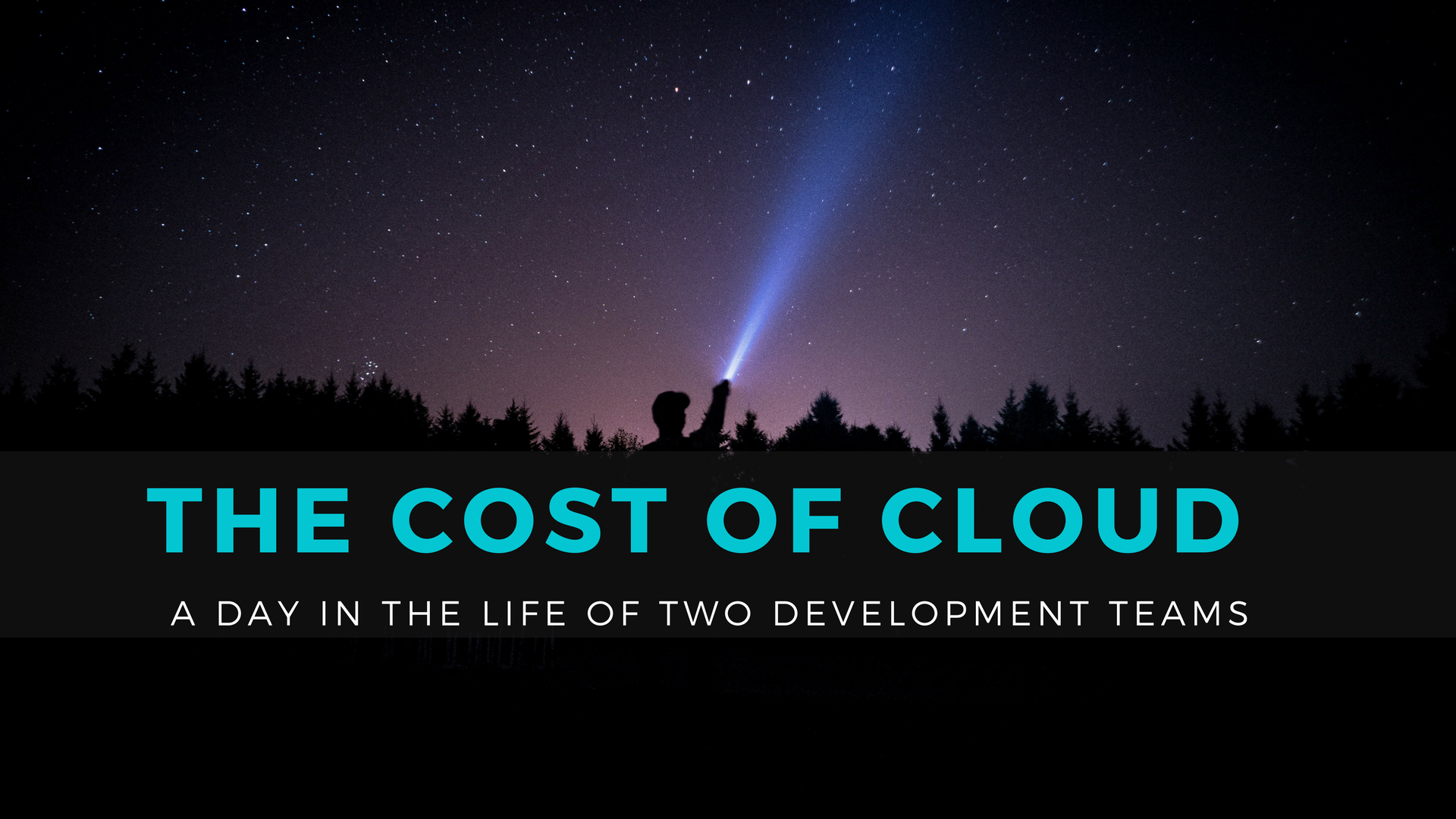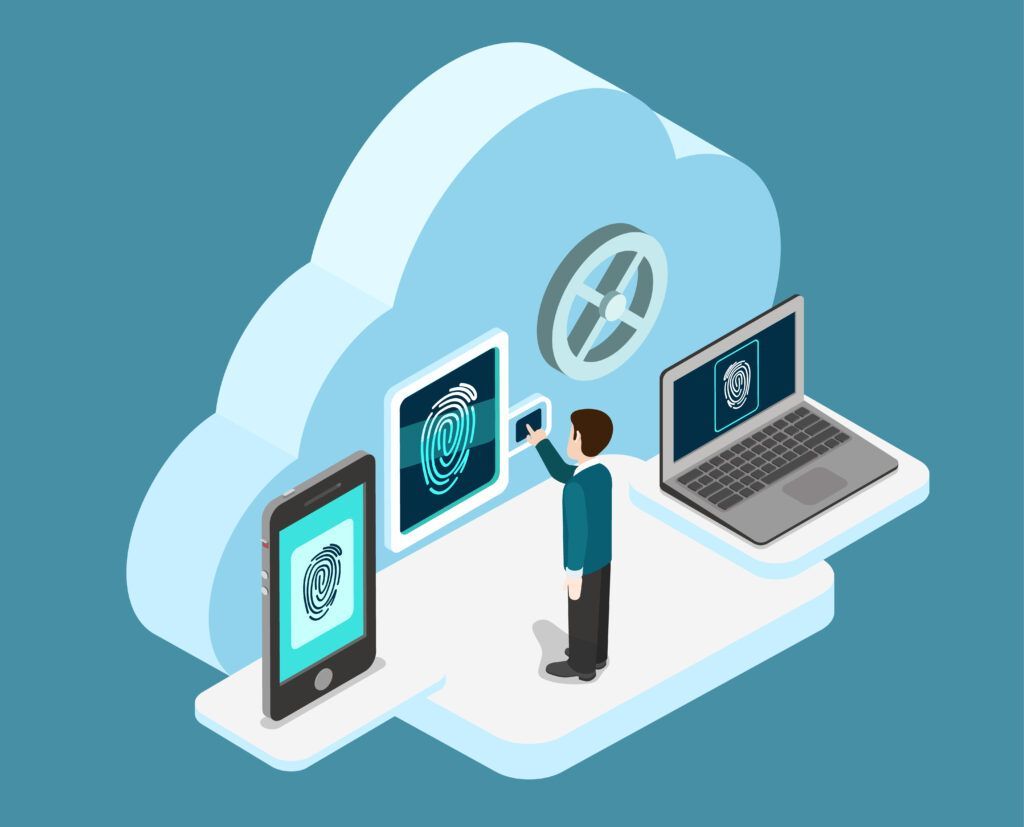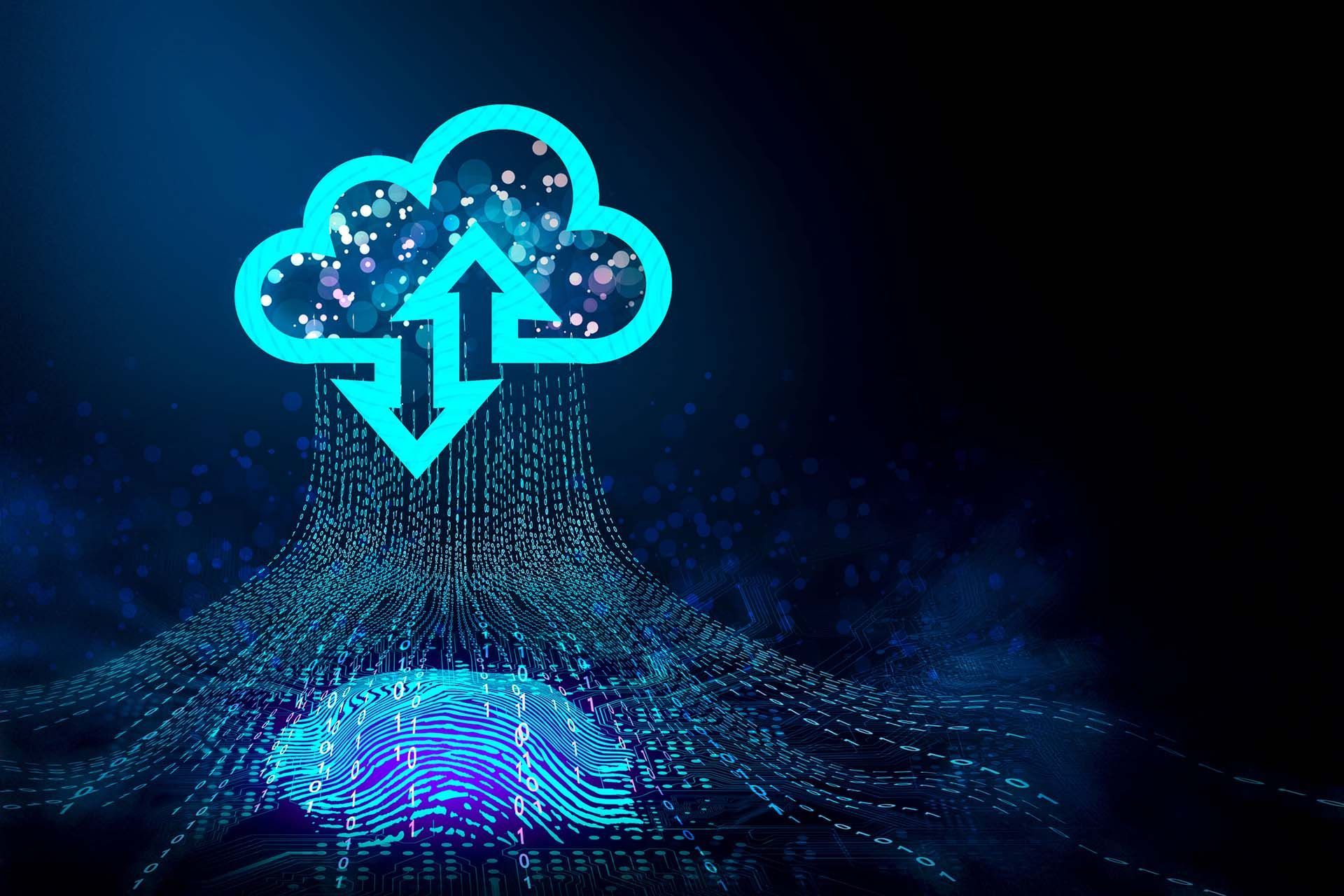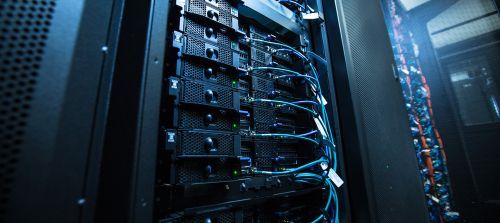What is Cloud Computing Part 6 – Scale on Demand Architecture
We continue our discussion of Cloud Computing by taking a look at one of its more universally accepted benefits—scale on demand architecture. Much of the conversation about this aspect of cloud computing focuses on the advantages for application development and hosted applications (if this seems like a theme, that’s because it is). The following article offers a great contrast between application development in a cloud environment and building a traditional on-premises environment for developers to use.

As the article points out, the ability to size the cloud environment dynamically based on increased or decreased demand (sometimes referred to as auto-scaling) is a huge win in terms of capital and operational cost.
Other articles will assiduously point out that there are two types of scaling architecture that should be considered when planning a cloud deployment—vertical and horizontal scaling. Basically, in terms of servers, vertical scaling is increasing capacity on a single server to keep performance at peak levels; horizontal scaling is adding additional servers to share the resource load. Both types of scaling can be effective and are often used together in some form or fashion to achieve optimal results.
Now that we’ve covered the basics, let’s focus on a very simple question–is scale on demand capability a good reason for a small and medium size businesses (SMBs) to migrate their entire IT infrastructure to the Cloud? To answer this question, we must first consider the true cost of building a company IT infrastructure. Once you determine the total number of servers you need for your organization, you then have to add additional capacity for future growth. This could mean an additional 30%-35% of server capacity (vertical scaling) before you even turn on the first PC. Next, you need to double the number of servers to create redundancy. In essence, you are adding roughly 130% of additional capacity to create redundancy and accommodate future growth. That is a lot of extra capital to invest! You also need a backup strategy and business continuity plan, which requires additional capital and increases operational cost. In the case of business continuity, this may not even be financially viable.
Assuming you get through the initial challenges and get your network up and running, the next challenge is planning for continued growth and technology refresh. Technology refresh typically occurs every three to four years as systems age and/or become obsolete. This means that the aforementioned process has to be repeated again and again. And if the company growth rate exceeds expectations, then the cost and disruption of purchasing and implementing new hardware is compounded.
How does the Cloud mitigate the impact of these startup and ongoing costs? To answer this question, consider a scenario in which your company purchased two new application servers (one primary and one backup) along with the associated storage, memory and processing capacity. A few days after the launch of application, you realize that, despite your best efforts and careful planning, your brand new servers are undersized? What can you do?
The answer is obvious and painful. Wouldn’t it be amazing if you could magically deploy a new server overnight with twice the capacity of the original servers with the IT equivalent of a “push of a button”? The Cloud makes it possible to do just that. While not quite as simple as “pushing a button”, a knowledgeable Cloud Engineer can reconfigure and “spin up” new servers with identical configurations in just a few hours.
This flexibility extends to creating temporary environments where fault isolation, software updates, and disaster recovery can all be tested with minimal setup time and expense. And technology refresh, along with its crippling expense and wasted resources, is a thing of the past.
Even more powerful is what happens when the Cloud is combined with Thin Client technology. It is not only possible but economically advantageous to replace PCs, laptops and on premises servers with easy to deploy thin clients and a Cloud-based server architecture to create a simple, secure and cost effective desktop environment. With a Thin Client/Cloud Services solution, maintaining, updating, and replacing PCs and the associated losses in terms of budget and worker productivity are things of the past. The Cloud-based server architecture can be precisely sized for current need and dynamically expanded in real time as the needs of the business grow. Moreover, backups, redundancy and fault tolerance are inherent features of the Cloud architecture and not a 2x uplift on resources and cost.
The inherent Scale on Demand architecture of the Cloud offers tremendous economic advantages to businesses of all sizes. But the impact on SMBs is truly a game changer! For the first time since the beginning of the Technology Revolution, SMBs can compete on a level technology playing field with the Big Boys of the Tech World. For the first time, SMBs can create their IT infrastructure in a powerful compute environment where their products can be deployed, tested and brought to market without the exorbitant capital investment previously required.
In the next Installment of this series, we will explore the answer to a question that worries every SMB owner—can your business survive a natural disaster? I’m sure you won’t be surprised to learn that Cloud Computing definitely puts the odds in your favor!








Browse Our Website
Contact Information
Phone: 972-675-5400
Email: info@red1ns.com
Address: 4310 Wiley Post Rd Ste 202E Addison, TX 75001
License Info: B07288701

